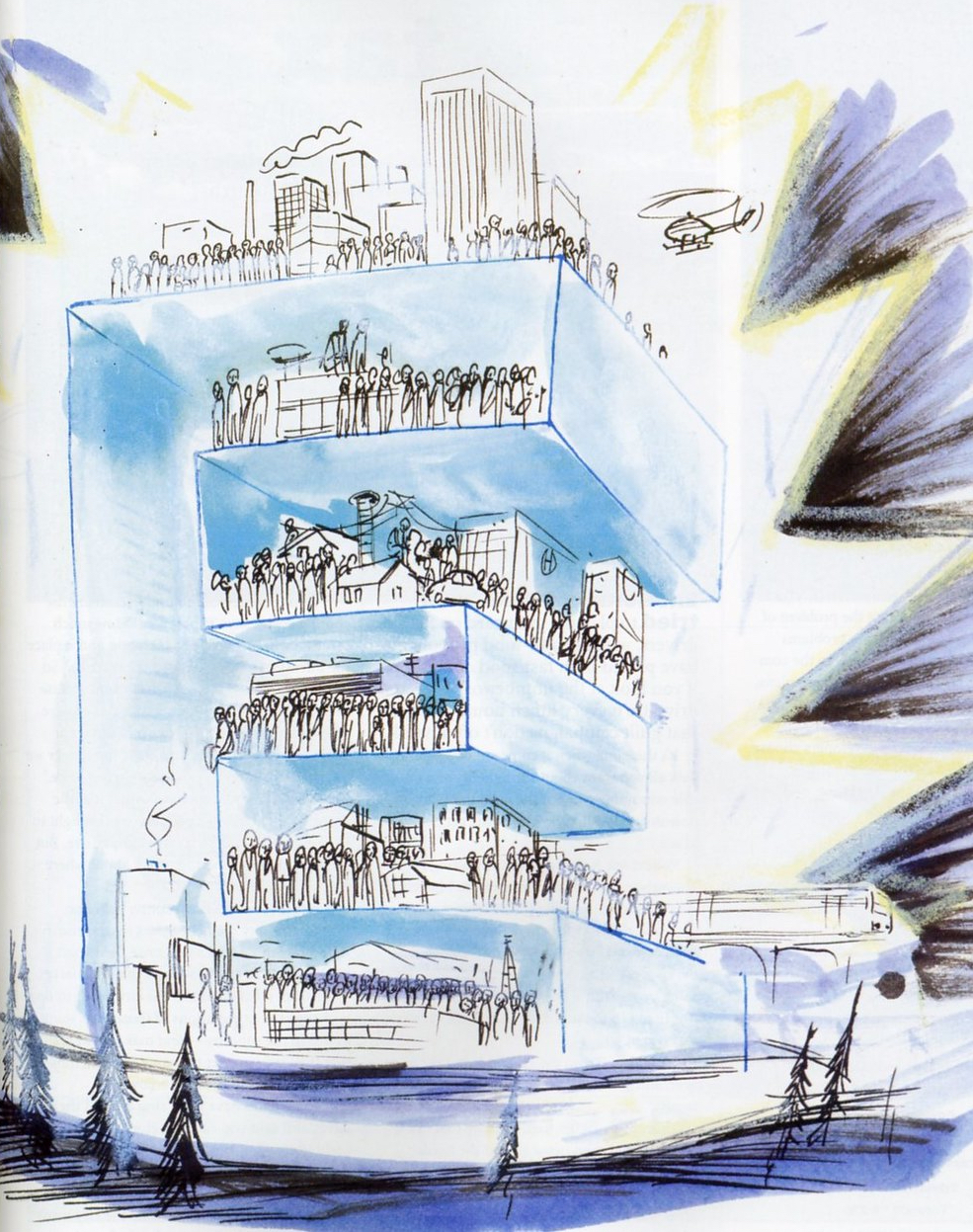
Edmonton is a success story. This city’s population grew by nearly three per cent in 2009 – more than double the national average. But these numbers aren’t an aberration or a huge shock. In three of the last four censuses, Edmonton grew at a higher rate than the national average. According to the spring 2011 economic forecast released by the Conference Board of Canada, the city is expected to receive 10,000 to 15,000 new residents each and every year from now to 2015.
Despite the slump we saw in the economy at the end of the last decade, Edmonton, at least in terms of population growth, continued to be one of North America’s boomtowns. And it’s not a trend expected to slow down any time soon.
So, as we look to the city’s future, our major questions aren’t quite like the ones facing most major urban centres on this continent.
In fact, that Conference Board of Canada report suggested a GDP growth in Edmonton of between 3.6 and 3.8 per cent over the next four years. So our major question isn’t how to stimulate growth; it’s how do we manage growth?
David Thompson, of PolicyLink Research and Consulting, wrote a report for the City of Edmonton in 2010 called The Power and Price and the Failure of Markets, warning that sprawl was the most critical issue facing the city. He wrote, “Sprawl, like other environmental problems, is the result of countless economic decisions made over time by firms and individuals.”
In an interview with Avenue, Thompson is even more critical.
“Edmonton is so at risk. If we didn’t have a booming, energy-based economy, I could see us having significant problems. For a place that has so much wealth, we shouldn’t have a downtown that has so many high-risk areas. With the money we have, we should have a beautiful, walkable downtown.”
Every October, Avenue‘s Big Idea tackles what we deem the most significant challenge facing our city, and with the help of experts and Top 40 Under 40 alumni, we try to find solutions to this problem.
In the following pages, we’ll look at several key areas surrounding the problem of growth and sprawl. These are problems Edmonton will need to address in the coming years, from specific development plans, such as the quarters and “winterizing” our public spaces.
We’ll also look at why developers choose to build more and more communities outside of Anthony Henday Drive, and why, despite rising gas costs and commute times, homebuyers prefer those areas.





